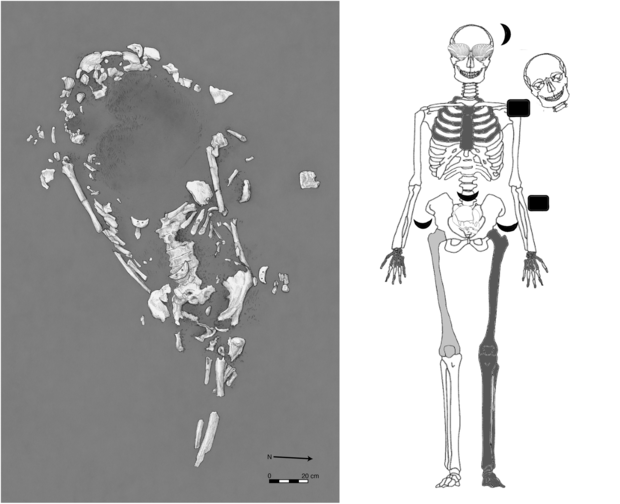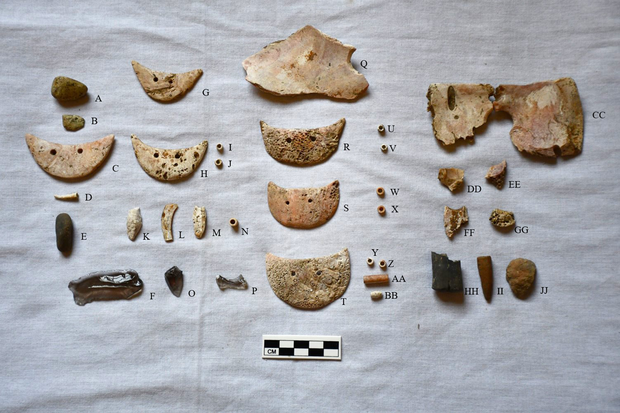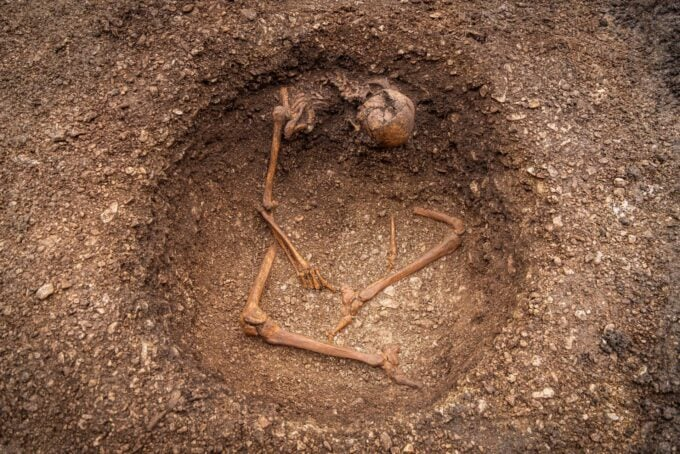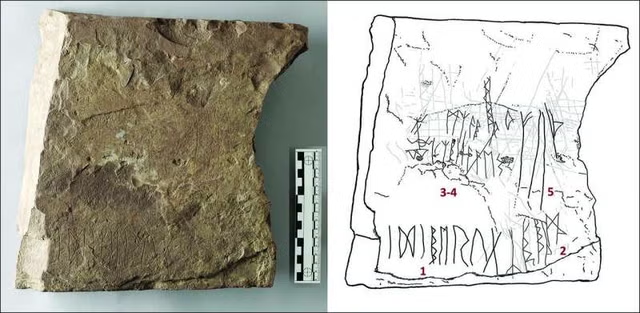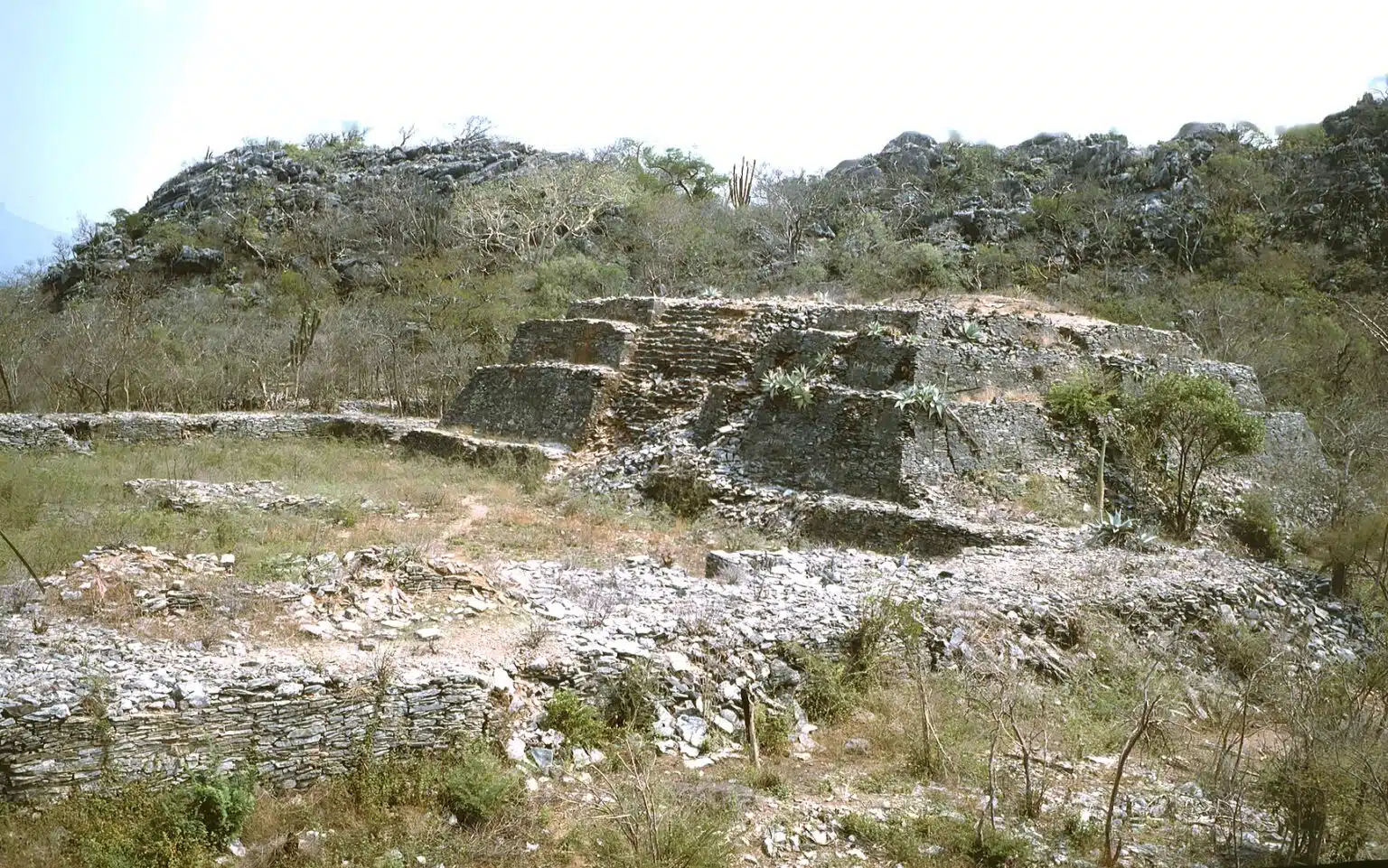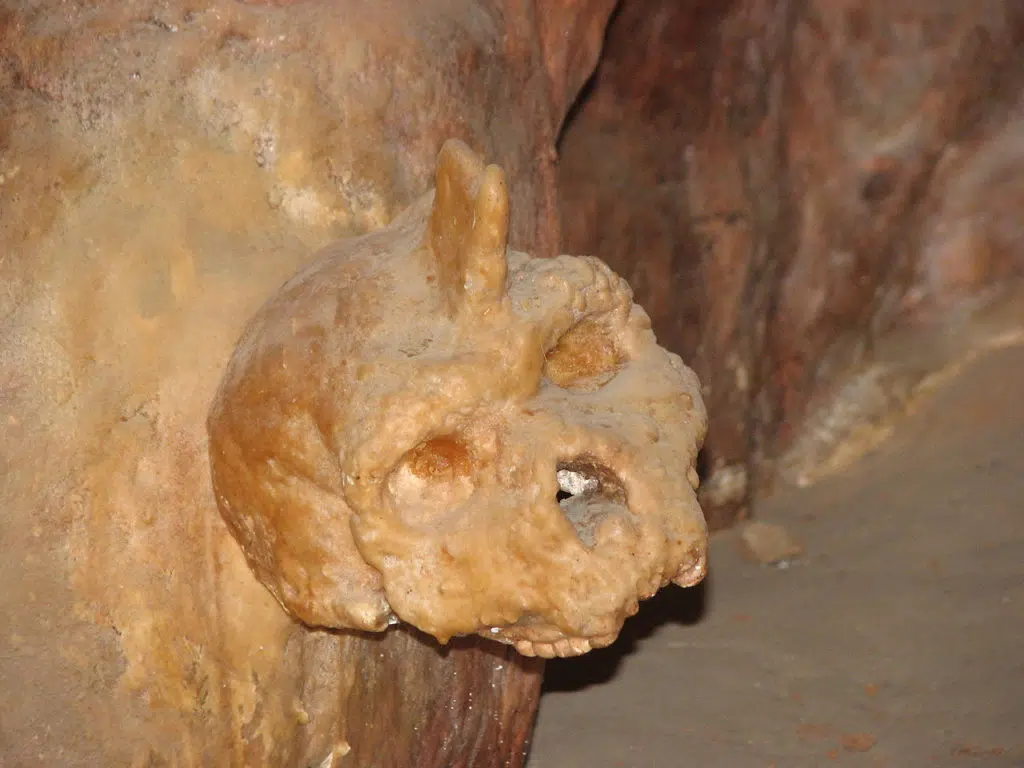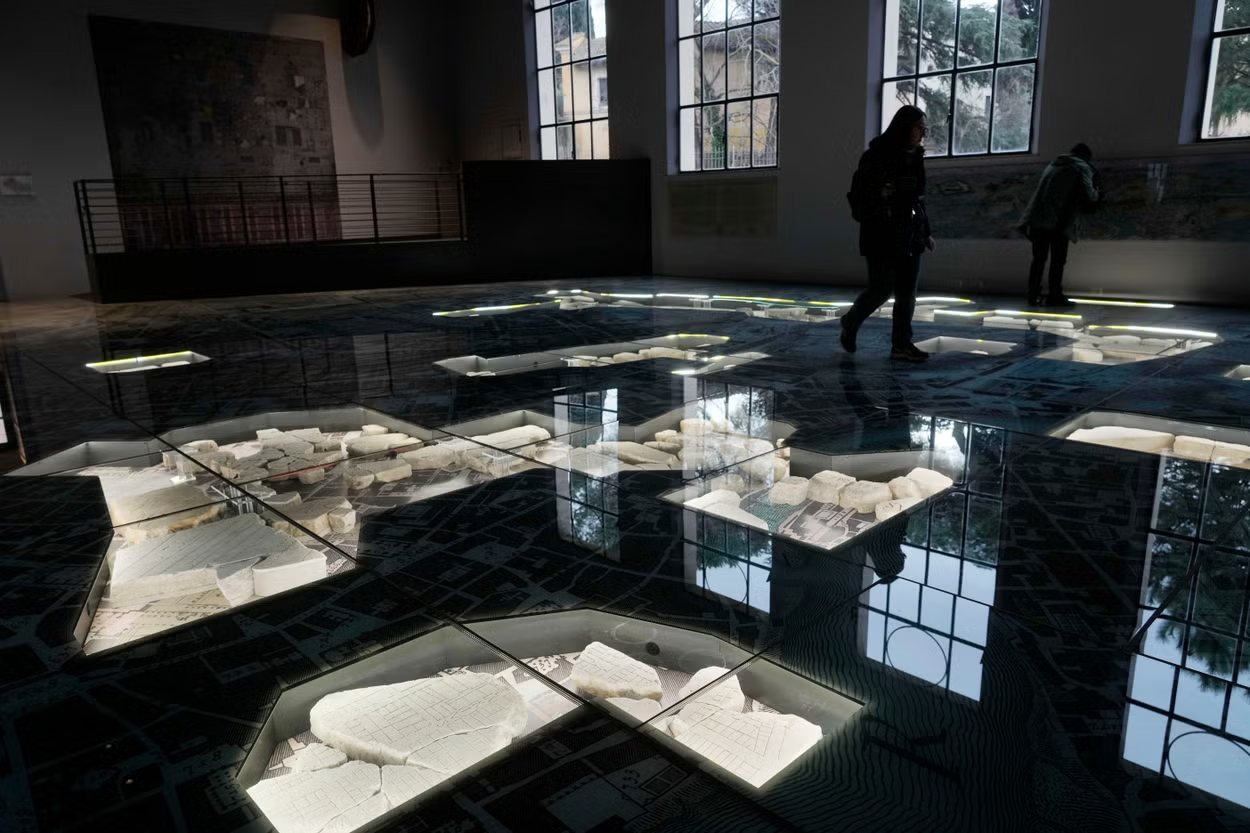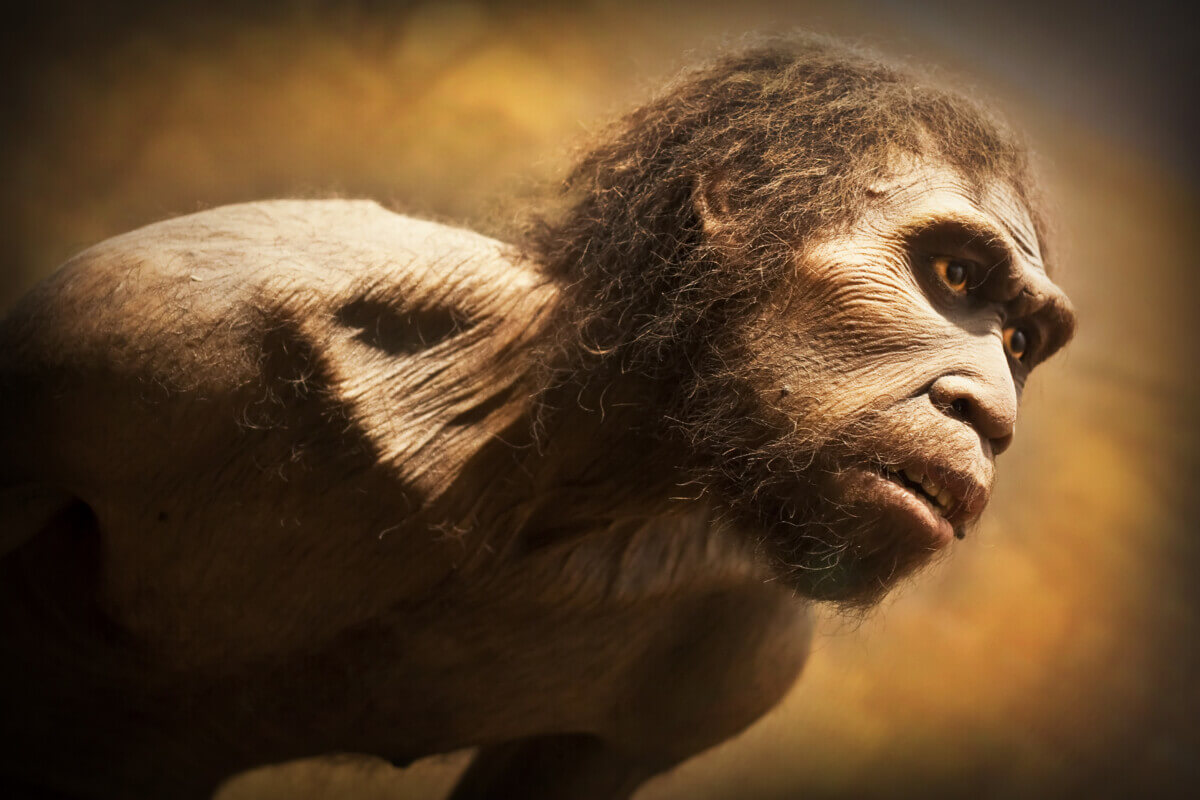Archaeologists in Ecuador have uncovered the remains of a pregnant woman who may have been the victim of a ritual sacrifice or punishment over a thousand years ago. The discovery, made in 2022 along the country’s coastal region, provides new insights into ancient burial practices and cultural traditions.
A Unique and Mysterious Burial
According to a study published by Cambridge University Press on behalf of the Society for American Archaeology, the remains—labeled Burial 10—date back to between AD 771 and AD 953. The woman, estimated to be between 17 and 20 years old at the time of her death, was found with significant skeletal trauma. Archaeologists noted the removal of her hands and left leg, which occurred at or near the time of death, along with a cranial fracture and cut marks on her hand bones. These findings strongly suggest she may have been sacrificed, an occurrence considered rare among the coastal peoples of Ecuador.
Symbolic Elements in the Burial
One of the most striking aspects of the burial was the presence of various artifacts with apparent ritual significance. Her eyes were covered with ark clam shells, while a large green clay stone was found nearby. Additionally, several ceramic fragments were positioned on her forehead, and crescent-shaped spondylus shell ornaments were scattered around her body.
The burial also included spondylus pendants and beads, known as chaquira, which were associated with multiple cultural traditions and time periods. This suggests that the artifacts were deliberately collected and curated before being placed in the grave, possibly as part of a larger ritualistic practice.
Connections to Multiple Cultures
Researchers believe the woman belonged to the Manteño people, an agricultural and seafaring society that inhabited the Ecuadorian coast. However, certain elements of the burial—such as the eye coverings—do not align with typical Manteño funerary practices. Instead, these artifacts bear similarities to the Valdivian culture, which predated the Manteño by nearly 2,000 years. The presence of a green stone, often symbolizing a link between death and fertility in Valdivian burials, reinforces this connection.
Evidence of Later Ritual Activity
In addition to the striking burial artifacts, archaeologists found evidence of a burnt offering placed within the thoracic cavity of the remains. This suggests that the burial site may have been revisited for additional rituals, as such offerings have been associated with ceremonies occurring between AD 991 and AD 1025.
Unraveling an Ancient Mystery
The discovery of Burial 10 offers a rare glimpse into the complex spiritual and ritualistic beliefs of ancient Ecuadorian societies. While the exact significance of the burial remains unclear, the combination of artifacts, body modifications, and ritual elements indicates a purposeful and symbolic ceremony. Further research may help shed light on the cultural and spiritual meanings behind this enigmatic find.

